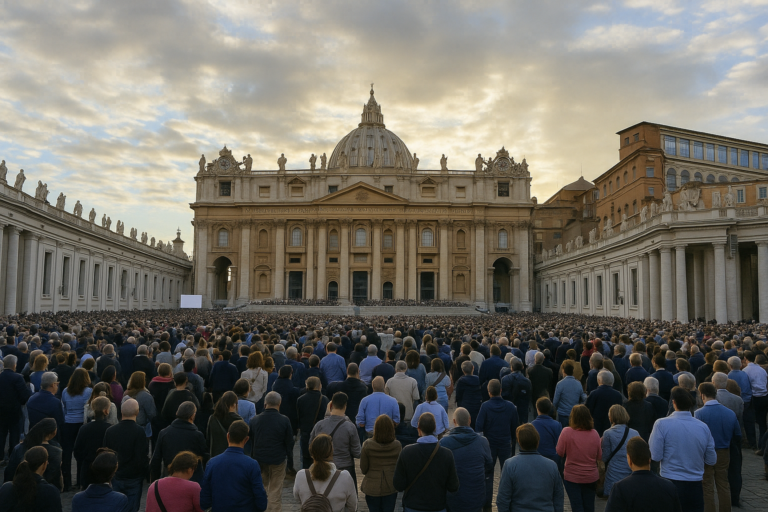The city that never sleeps faced an unexpected challenge as a massive water main break resulted in extensive flooding in the renowned Times Square. The incident not only brought the bustling area to a standstill but also had cascading effects on transportation and daily life. In response to this urban emergency, authorities swiftly took action to address the issues and minimize the disruption to the heart of New York City.
The Times Square Flood: A Shocking Incident
In a rare occurrence, a water main break beneath the bustling streets of Times Square sent water gushing, turning the vibrant hub into an unexpected water world. The incident, though startling, is a reminder of the vulnerabilities of urban infrastructure and the potential consequences of such failures.
Impact on Transportation and Daily Life
One of the immediate effects of the Times Square flood was the disruption of subway services. Several subway lines running through or near the affected area had to be temporarily halted for safety reasons. This disruption undoubtedly inconvenienced countless commuters and visitors who rely on the subway to navigate the city. Additionally, the floodwaters seeped into surrounding streets, causing surface-level damage and impeding pedestrian movement.
Swift Action: Subway Reopening
Despite the challenges posed by the water main break, city authorities and emergency response teams acted swiftly to address the situation. Within a remarkably short span of time, the floodwater was cleared, and subway services were restored. This feat not only reflects the city’s resilience but also highlights the efficiency of its emergency response mechanisms.
Street Repairs: Restoring the Heart of NYC
With the immediate threat mitigated and subway services back on track, the focus shifted to repairing the street-level damage caused by the flood. Street repairs in urban areas involve a complex process of assessment, coordination, and execution. The authorities, in collaboration with skilled urban planners and construction crews, are working tirelessly to restore Times Square to its former glory.
Lessons Learned and Future Preparedness
The Times Square water main break serves as a wake-up call for cities around the world to assess and reinforce their infrastructure. The incident underscores the need for proactive maintenance and investment in aging systems to prevent such emergencies. Furthermore, it highlights the importance of effective emergency response strategies that can minimize disruptions and aid swift recovery.
The unexpected water main break that led to the flooding of Times Square may have taken New Yorkers by surprise, but the city’s rapid response and recovery efforts are a testament to its resilience. As street repairs continue and life regains its normal rhythm, this incident stands as a reminder of the vital role urban planning, infrastructure maintenance, and emergency preparedness play in ensuring the well-being of our cities, even in the face of unforeseen challenges.












